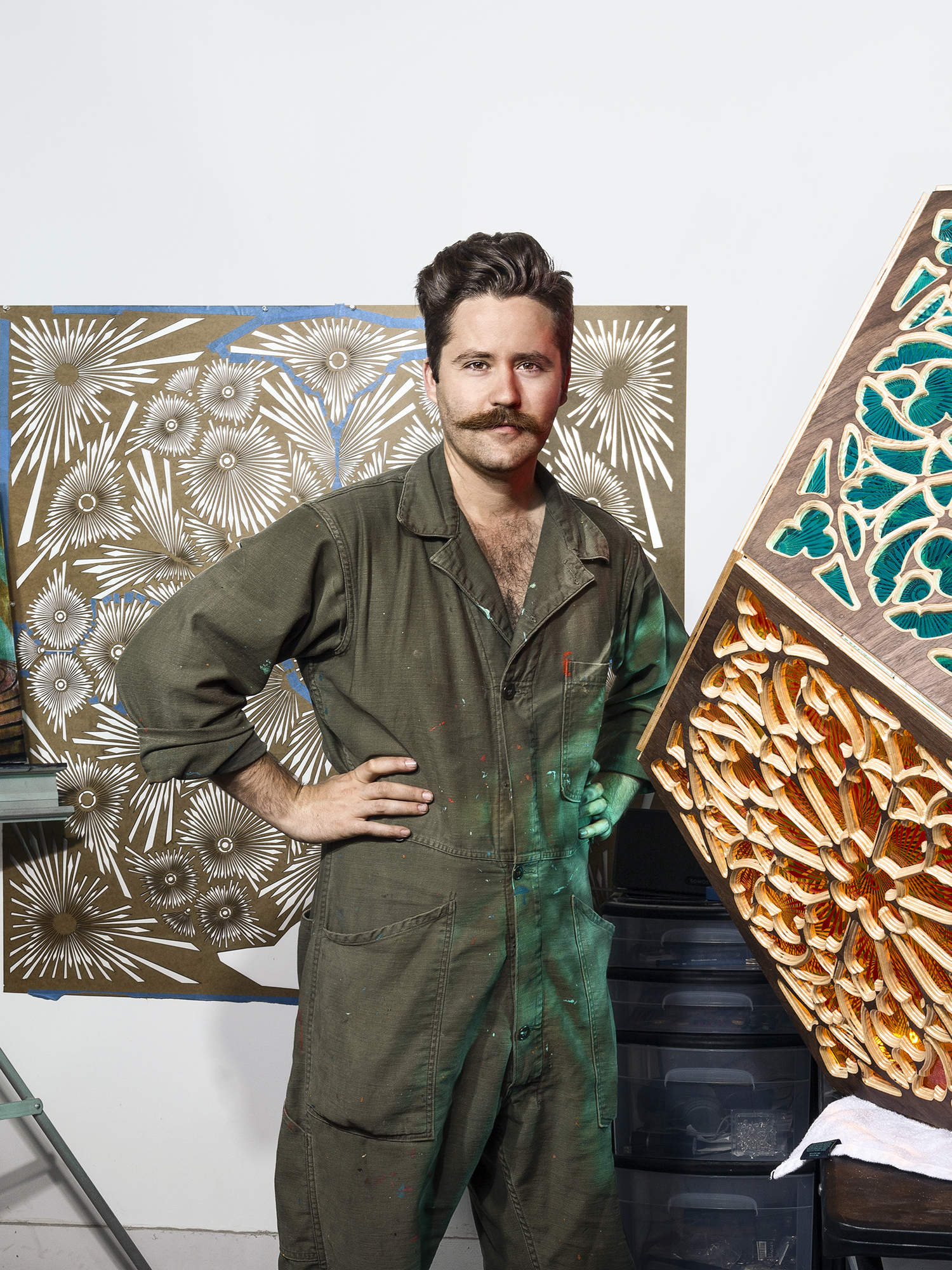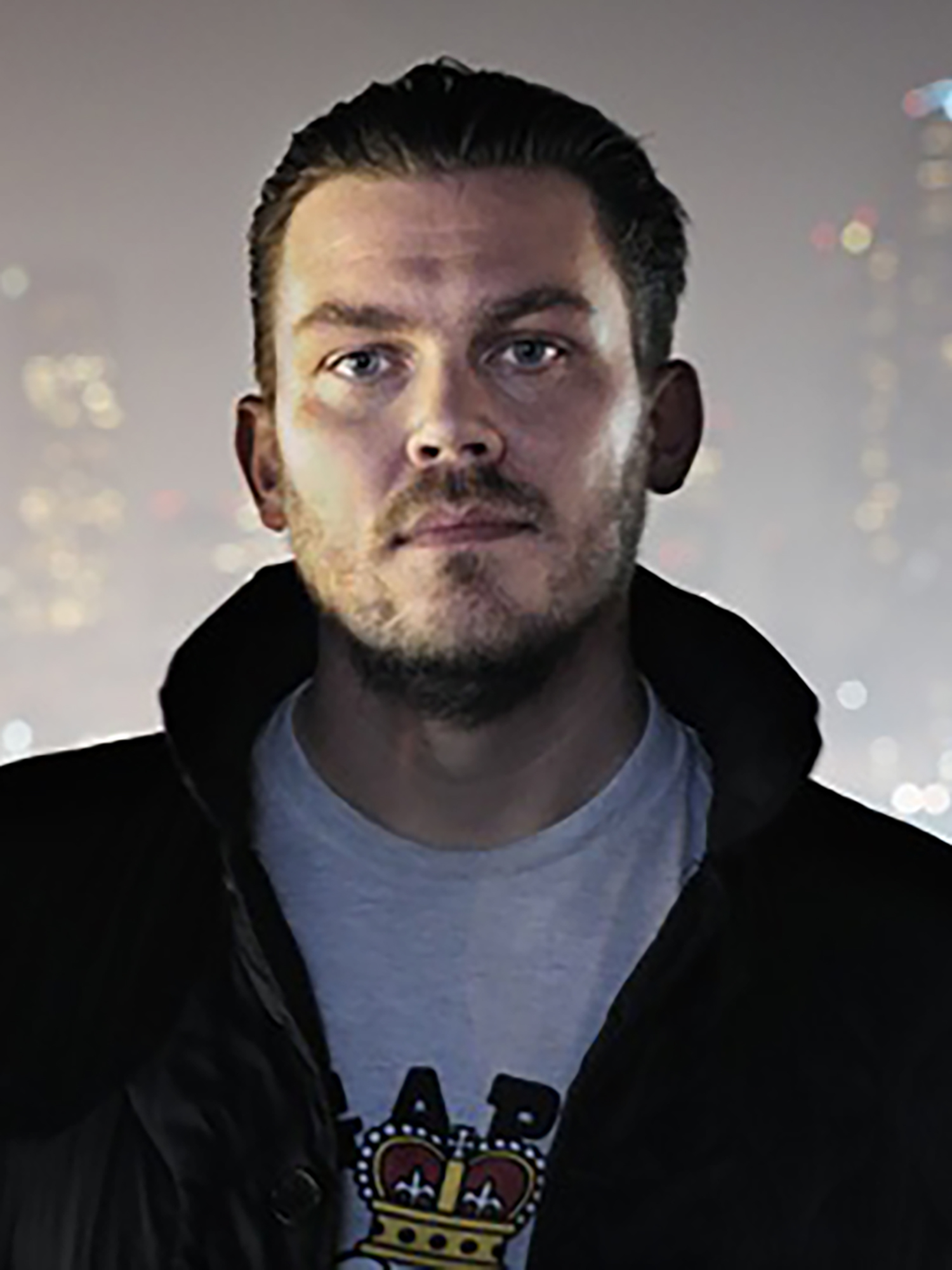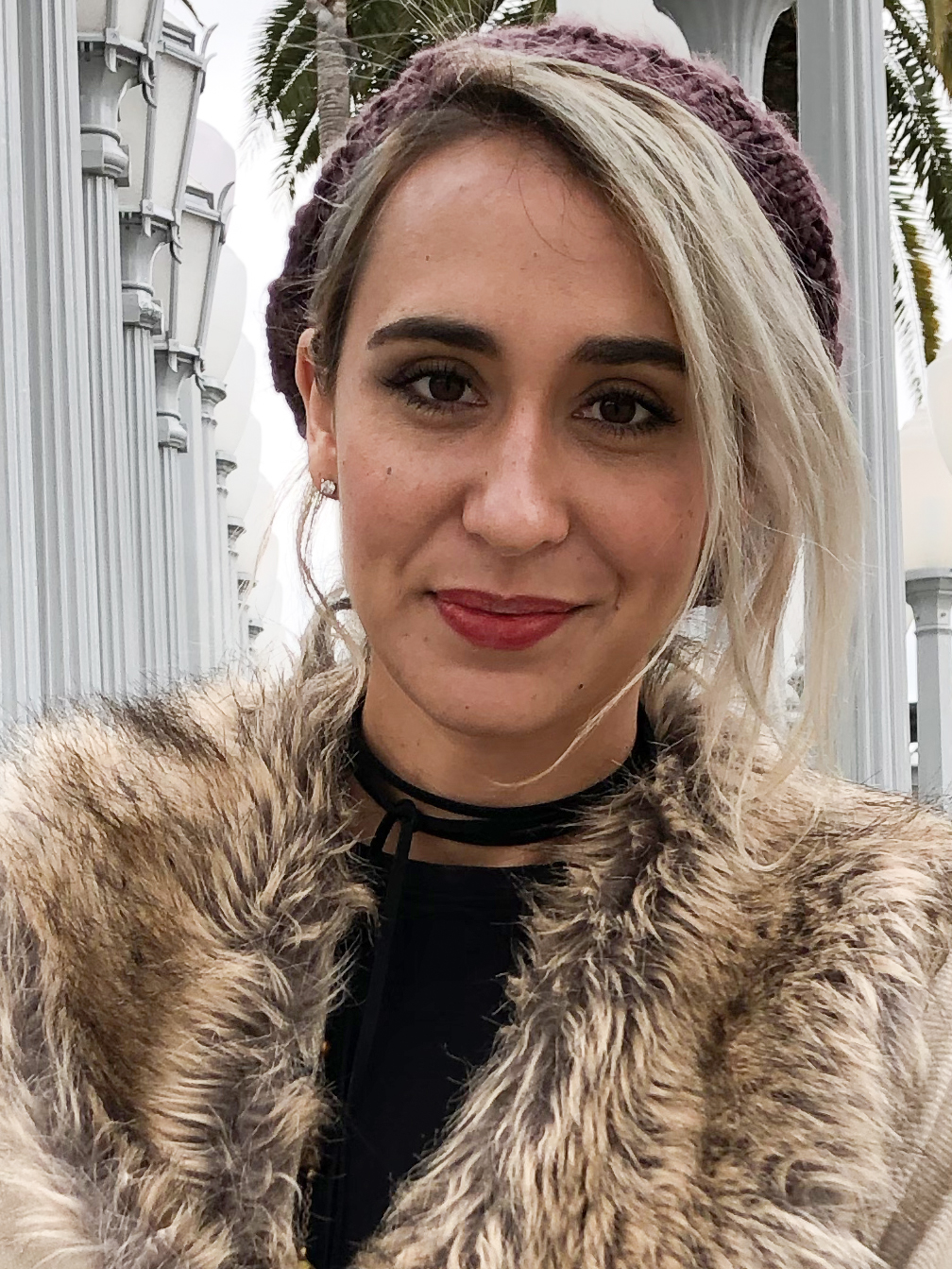

Wiping dirt off glass prisms and taping small light bulbs on top of them, artists David Howe and Daniel Rizik-Baer struggle to put the finishing touches on the Triforium in downtown Los Angeles. Once finished, the 60-foot-high sculpture will have almost 1,500 LED light bulbs displayed for its first opening in decades. Five hours before the show, the lights still weren't working correctly. This was just one small challenge in a sea of many.
The Triforium is a musical sculpture, designed by Joseph L. Young in 1975, that stands under the shadow of Los Angeles City Hall. Young planned to use motion sensors and computers to make the color of the light bulbs vary based on the beats of music. He called this the "polyphonoptic effect."
However, without much public support, and because of the misunderstanding of Young's vision, the sculpture has been dim for more than 40 years. Last year, a group of artists and others worked to temporarily bring the Triforium back to life, holding concerts in October and November.
"We knew how great the Triforium could be," said Tom Carroll, the Triforium project manager. "But it just needed the last little push to make it great."
Carroll added, "We didn't have enough money to fully fix it, but we had enough money for a temporary activation."
The Triforium is one of the great public art pieces in Los Angeles, and its reactivation brought the importance of public art back to the city, said Joella Hopkins, the downtown director for City Councilman Jose Huizar.
"Public art in Los Angeles, at one point, was not really a favorite," she said. "Now it has become a really a cultural treasure, especially here in downtown."
In the 1950s, Los Angeles had more open spaces for public art. Joseph Young was one of the few artists who took advantage of the space.
"It was like a blank canvas in many ways," his daughter, Leslie Young, said. "Things that you could do then, you could not do now. I mean, it would be really difficult to commission a large sculpture."
It's about the tension between public artists and the public
The Triforium is not the only public artwork that has been cast aside in Los Angeles. In addition to the city's neglect, the tension between artists and the public has also impeded the development of new works in L.A., according to John Park, a public artist.
In December, for example, the Los Angeles Unified School District decided to paint over a mural on a public school gym in Koreatown in response to protests by the Wilshire Community Coalition.
The mural was painted by artist Beau Stanton. Some residents of Koreatown said rays on Stanton's mural were reminiscent of the Japanese battle flag, which made them recall the atrocities that Japan committed against Koreans during World War II. However, Stanton said the various symbols and images in the mural were intended as an homage to the Cocoanut Grove nightclub, which once stood nearby.
"When I first heard about this, I thought it was important to open a dialogue with this organization that felt this way," Stanton said. "I went to the Wilshire Community Coalition offices and listened to them. Then they listened to me, and I explained the meaning behind the mural. I showed examples of this particular motif and how it isn't really specific to any one period in history and it's sort of a universal symbol."
For now, Stanton's mural has survived. The school district put a final decision about its fate on hold after supporters spoke up to defend the mural.
Park said public art is for the public, not for the artist. "The purposes of public art is to enrich a community," he said. "There's no intention [for Stanton] to hurt people, but then at the same time, you know this is up in a community."
Not all communities embrace renovation. "I think that public art, especially what you're seeing now, represents a lot of change, it represents a new era of art," Park said. "But a lot of communities don't like change."

Beau Stanton,
Public artist

Tristan Eaton,
Public artist

John Park,
Public artist

Jenna Davidson,
Los Angeles resident

Madeleine Kennedy,
Los Angeles tourist

Marcus Vanco,
Los Angeles tourist

"This is Beau Stanton. Working in a variety of mediums, Stanton's public work takes the form of large scale murals, mosaics, stained glass, and multimedia animations. The imagery and themes are always site specific and closely tailored to the locale of the artwork, involving research and scouting of the surrounding area with a goal of creating work that is a direct response to its environment."

"Born in L.A. in 1978, Tristan Eaton started pursuing street art as a teenager, painting everything from billboards to dumpsters in the urban landscapes of the cities where he lived, be it London, Detroit, or New York. Eaton's work for Kidrobot, including the famous Dunny and Munny art toys, helped him achieve international renown and an ever-growing fan base."
It's about transportation and the public's attention
Los Angeles has changed in many ways. It has the most registered cars among all U.S. cities, according to the Department of Motor Vehicles. Most people drive to and from work.
"The biggest problem is that we are still driving," Leslie Young said. She said that if people can get to their destinations within 20 or 30 minutes by mass transportation, they may spend more time walking and stopping to see public art.
"I think that will start to encourage authority of these spaces … where people will want to be outside and enjoy," she said.
Public art is a form that anyone can get access to. To spread public art in Los Angeles, the participation of the public is important, said Carmen Zella, director of Now Art LA, an organization that specializes in installing and curating public art in Los Angeles. Zella said the Triforium shows brought attention to the importance of public art. More than 3,000 people went to the events in the three nights.
"I'm just glad that so many people came and saw it," Carroll said, "because at least that will be with them for the rest of their lives."
Addy Gonzalez is the project director of Now Art LA.
"I think the Triforium is an excellent case study for how public art can be reactivated and they can reignite a sense of pride in the city," she said. "I think that LA, in particular probably the last 10 years, has become a very important epicenter for art, and public art as well. But I think that it's well on its way to becoming a city that it's recognized for."
It's about public art's future
Los Angeles is now engaged in a new program at Pershing Square, installing new public art and aiming to attract more young people to see it. The city also has a master plan for City Hall and Civic Center redevelopment.
"The Department of Cultural Affairs and our council office are also working in Little Tokyo," Hopkins said. "We are looking and actively engaged in restoring or producing new public art pieces all over the council district."
Because Los Angeles is a flat city, "there's always room for more art across the city and in downtown and all over our district," she said. The city hopes that the public and more arts organizations get involved in producing public art pieces.
The future for public art in Los Angeles is bright, Hopkins believes. When the city plans to install public art, it can coordinate that with planning for other city facilities and buildings.
"It's now an afterthought," Hopkins said. "We want people to come out and have lunch in the grass. Enjoy their art. Have discussions. This is the key for urban planning."
— Q&A with Joella Hopkins // Answers have been paraphrased.
How does the city consider public art in Los Angeles?
Public art in Los Angeles in the past was not favored and now it has become a cultural treasure, especially in downtown. Councilman Jose Huizar led the way in redoing murals all over District 14, and now there are numerous public artworks all over downtown.
How is public art supported by Los Angeles?
The city is very engaged in a new program at Pershing Square where brand-new public art pieces are being installed. The Department of Cultural Affairs and the City Council office are working in Little Tokyo to create another piece that's going to be central in that area.
Does the city offer grants to help artists create public art?
The city actively goes out and looks for grants. The council office works very closely with the Department of Cultural Affairs and carves out as much money as possible per project, or finds additional grants on either the county or state level that can be acquired as well as seeking private funding.
What should artists do if they want to build public artwork in Los Angeles?
An artist looking to do public art has several places to start. First, identify where you want to do your art. Then touch base with the council office that represents that specific area. And then they will get you in touch with the Department of Cultural Affairs. It usually will take anywhere from three months up to a year to actually get into the queue to then fabricate and publish.
How does urban planning solve the conflict between the location of public artworks and a commercial area?
It's being planned together. It's not an afterthought, the public arts community engagement. We want people to come out and have lunch on the grass, enjoy their art and have discussions. This is key for an urban place, creating activities that we are coming up with as we are building the new Civic Center.